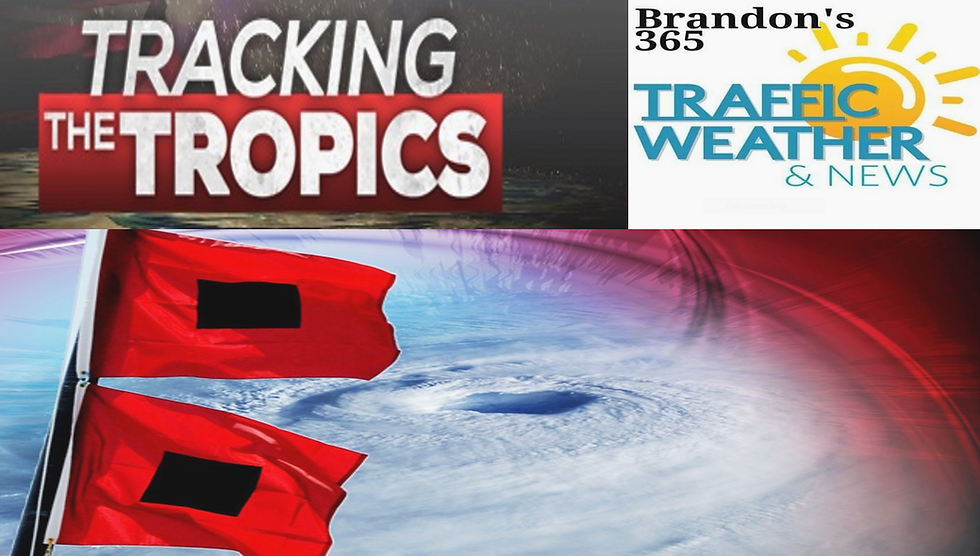Additional Ocean gliders are set to improve hurricane forecasts
- Brandon Shipp

- Jul 16, 2020
- 1 min read
From NOAA: NOAA’s hurricane gliders are heading to sea this week off the coasts of Puerto Rico, the Gulf of Mexico and the eastern U.S. to collect data that scientists will use to improve the accuracy of hurricane forecast models. For the 2020 hurricane season, NOAA, the U.S. Navy, the U.S. Integrated Ocean Observing System and academic partners are deploying 30 gliders, which are expected to transmit 50% more data points from the ocean, called ocean observations, compared to previous years. The hurricane gliders will collect data in the upper ocean where the Gulf Stream, Loop Current, inflowing fresh water from rivers, and other features can play a role in the strengthening or weakening of hurricanes. The gliders are significantly increasing the observations from these key areas where hurricanes form. Last year, ocean gliders collected approximately 100,000 ocean profiles. This year, scientists expect to collect up to 50% more observations. Recent research is showing that this data from gliders and floats are key to improving the accuracy of hurricane intensity forecasts. The data pinpoints where warm water pools at the surface can feed and increase the intensity of passing tropical storms or where cool, saltier water churned up from the deeper ocean may help weaken a passing storm. Count on Brandon's 365 Weather, Traffic, And More to keep you informed every step of the way this hurricane season! No Matter The Weather I've Got You Covered! Source: NOAA







Comments